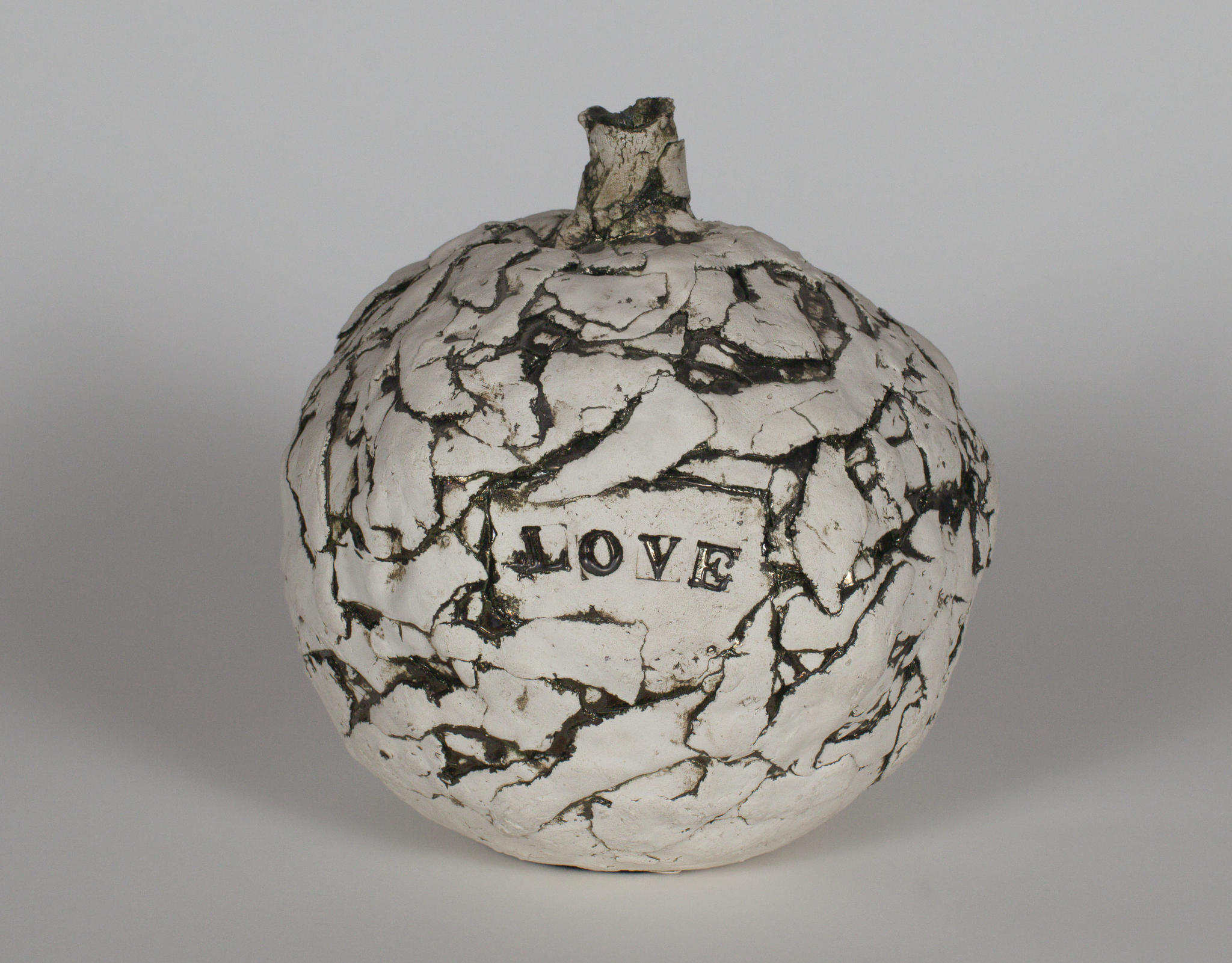Interior Gallery, Second Level
While Patrick Landsley (1926-2021) and Margot Ariss (1929-2013) worked in very different disciplines, what they shared can be seen in the tactile handling of their respective media. Drawing on Museum London’s collection, key loans from the artists’ estates, the St. Thomas-Elgin Public Arts Centre, and the Michael Gibson Gallery, this exhibition highlights Landsley’s and Ariss’s passions for nature and poetry.
Born in Winnipeg, Patrick Landsley taught at Concordia and McGill Universities for nearly 50 years. Inspired by French modernism, his lyrical paintings and drawings are unmoored from more prosaic representation. The often rough textures, narrowed range of colours, and simplified shapes heighten the viewer’s experience of a picture’s surface. They also distill points in his life, including abstracted views of Greece, where he once lived, and the wild areas near his home in St. Thomas, Ontario.
Margot Ariss created her ceramic objects using a set of children’s wooden blocks. Born in Belleville, she moved to London in 1940 to attend H.B. Beal Secondary School. She wrote some of the compositions found in her artworks; others are by such poets as Michael Ondaatje and John Bruce, as well as Indian spiritual leader Sri Chinmoy. Ariss’s process harkens back to her childhood experience of writing words in the snow—an effect clarified when the artist switched from red to white clay and black glaze.
Landsley transformed particular things—trees, fields, and celestial bodies—into abstract entities. Ariss imprinted abstract entities—shapes, words—with narratives that express the particularity of everyday experience. Both artists use physical means in their work to bring thought to life.
Image: Margot Ariss (Canadian, 1929-2013), Love, 1965, glazed and unglazed ceramic, Collection of Museum London; Gift of Richard and Beryl Ivey, London, Ontario, 1996
